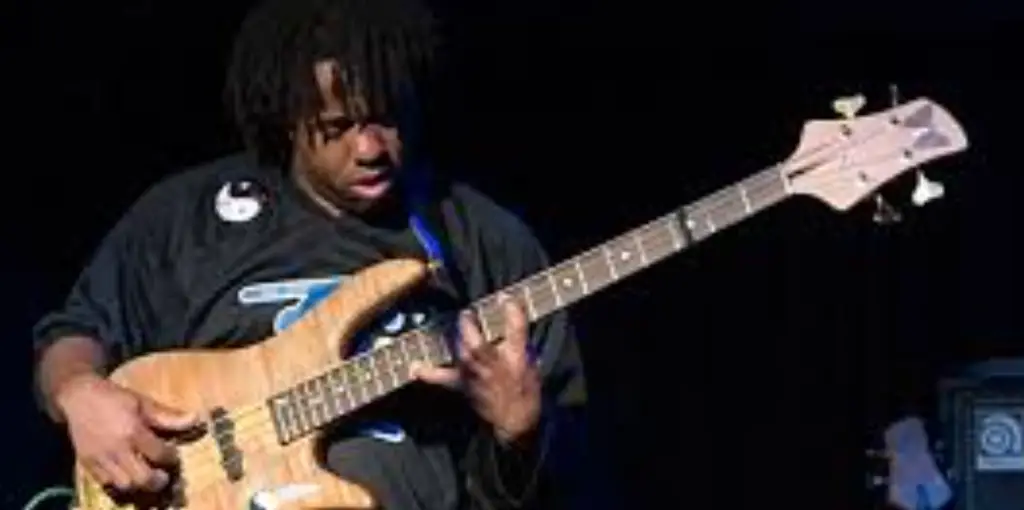If you’re a beginner guitar player, one of the first things you’ll want to learn is how to read guitar tabs and chords. Luckily, it’s not as difficult as it might seem at first. In this blog post, we’ll break down everything you need to know about reading guitar tabs and chords so you can start playing your favorite songs in no time.
How to Read Guitar Tabs & Chords

Guitar Tabs
Guitar tabs are a graphical representation of a guitar fretboard. They show you where to place your fingers on the strings to play a particular note or chord. In most cases, each horizontal line on a tab staff corresponds to a different string on the guitar.
- The bottom line represents the low E string, while the top line represents the high E string.
- The numbers on the lines tell you which fret to hold down with your left hand.
- The symbols above the staff indicate which finger of your right hand to use.
For example:
- A “0” means you should play that string open (without holding down any frets).
- A “1” means you should hold down the first fret with your index finger.
Common Tab Symbols:
- 0 – Play the string open
- 1, 2, 3, 4 – Use your index, middle, ring, or pinky finger
- h – Hammer-on (pick once, then place the finger)
- p – Pull-off (place finger, then pick)
- b – Bend the string up one semitone (or more)
- pm – Palm mute
- x – Mute note
- () – Ghost note
- ** – Slide down
- / – Slide up
- ~ – Vibrato
- * – Harmonic
Now, let’s take a look at an example of how this works in practice. Here’s a simple C major chord in tab notation:
luaCopyEdite|---0---|
B|---1---|
G|---0---|
D|---2---|
A|---3---|
E|-------|
This tablature tells us:
- Hold down the B string at the first fret with the index finger.
- Hold down the D string at the second fret with the middle finger.
- Hold down the A string at the third fret with the ring finger.
- The G and high E strings are played open (without pressing any fret).
- The low E string is not played.
Chords
Now that we understand tablature, let’s look at how chords are represented in standard notation.
Chords are simply two or more notes played together. To note a chord, we list all of the notes involved along with their octave numbers.
For example, a C major chord can be written as:
C major = C(8), E(10), G(12)
The octave number helps determine the correct position on the fretboard. Higher octaves are located higher up on the fretboard, while lower octaves are positioned lower down.
Types of Chords
Chords can generally be categorized into three main types:
- Major Chords
- Minor Chords
- Seventh Chords
Major Chords
Major chords consist of three notes:
- The root note
- A note four semitones (steps) above the root
- A note seven semitones above the root
Example: C Major Chord
C = C(8), E(10), G(12)
Minor Chords
Minor chords are major chords with the third note lowered by one semitone.
Example: C Minor Chord
C = C(8), Eb(9), G(12)
Here, the E note in the major chord has been lowered to an Eb to create a minor chord.
Seventh Chords
Seventh chords consist of four notes:
- The root note
- A note three semitones above the root
- A note five semitones above the root
- A note seven semitones above the root
Example: A Seventh Chord
A = A(9), C#(11), E(13), G#(15)
Final Words
And that’s it! Now you know how to read both tablature and standard notation for guitar tabs & chords. With this knowledge, you’ll be well on your way to playing your favorite songs in no time.
You can also check out How to Choose the Perfect Beginner Drum Set and How to Create Chords in a Minor Scale.
How to Find the Chords of Any Song
How to Play A-Flat Chords on the Guitar
Top 3 Hits from Peter, Paul, and Mary
C Sharp Minor Guitar Chord
Adam Smith is the Founder, writer, and news publisher of GetMuzeek, where he shares the latest updates, insights, and stories from the world of music. With a passion for uncovering fresh trends and delivering engaging content, Adam keeps readers informed and inspired.